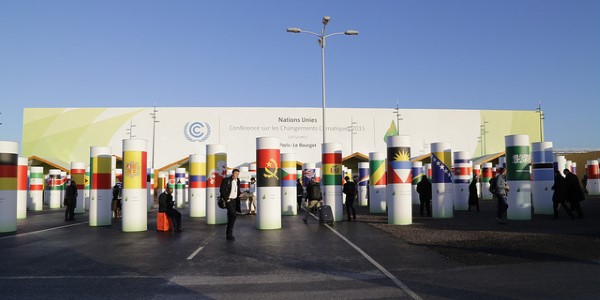Characteristics
National adaptation planning can enable developing countries and least developed countries, to assess their vulnerabilities, mainstream climate change risks, and address adaptation. NAPs can be instrumental in facilitating an in-country process for different sectors and their climate change adaptation strategies to become more integrated in national planning processes (see also C4.01) as well as to better integrate climate change with sectoral planning strategies and programmes.
The Conference of the Parties (COP) to the United Nations Framework Convention on Climate Change (UNFCCC) established the national adaptation plan (NAP) process with the following agreed objectives:
- to reduce vulnerability to the impacts of climate change, by building adaptive capacity and resilience;
- to facilitate the integration of climate change adaptation, in a coherent manner, into relevant new and existing policies, programmes and activities, in particular development planning processes and strategies, within all relevant sectors and at different levels, as appropriate.
The NAP process provides opportunities to develop an integrated approach to climate change adaptation and development and also to integrate adaptation planning and practices across sectors. Given the cross-cutting nature of water, the need to influence fragmented development efforts is critical. Coherent and well planned cross-sectoral and regional planning will enable the effective management of necessary trade-offs so as to prioritize interventions and the allocation of resources. GWP supported the NAP process by providing knowledge on the integration of water security and climate resilience with the creation of The Water Supplement to the Technical Guidelines for the NAP process.
The core principles of the NAP process include:
- Continuous planning process at the national level with iterative updates and outputs
- Country-owned, country-driven
- Not prescriptive, but flexible and based on country needs
- Building on and not duplicating existing adaptation efforts
- Participatory and transparent
- Enhancing coherence of adaptation and development planning
- Supported by comprehensive monitoring and review
- Considering vulnerable groups, communities and ecosystems
- Guided by best available science
- Taking into consideration traditional and indigenous knowledge
- Gender-sensitive
Lessons learned
- Identify ‘windows of opportunity’ for detailed planning and implementation of options within existing plans and strategies (e.g. alongside the planned upgrading of existing infrastructure) or integrating longer-term adaptation options in strategies under review (e.g. strategic water resources planning) (see also A1.03).
- Ensure high level political support for integrating options into relevant planning bodies and detailed planning processes. This provides a driver for planning authorities to carry through investments to the implementation phase (see also A3).
- Engage with non-government actors and the private sector. Involvement of stakeholders, including both government and non-government stakeholders, is key to ensuring effective adaptation planning processes (see also B4.01 and B4.03).
- Enhance cross-sectoral exchange. Effective coordination and clarity on roles and responsibilities among central economic planning and financing ministries, the water sector and other sectoral ministries and departments, and between various governance levels is essential to achieving effective planning and implementation of adaptation actions.
- Integrating adaptation into policy and planning instruments is not to be restricted to the water sector alone. It should extend to all water-dependent economic sectors and a key role of water sector actors is to raise awareness of issues, to provide guidance and advice, and to influence change among sectors and sub-sectors that may be less well informed or lack capacity to respond.
- Share learning and approaches. Promoting open dialogues and encouraging participatory assessments and projects helps to build local ownership and builds local institutional capacity.
- Maintain support to planners through partnerships and capacity building to catalyse integration and capitalize on new skills and partnerships (see also B4).

